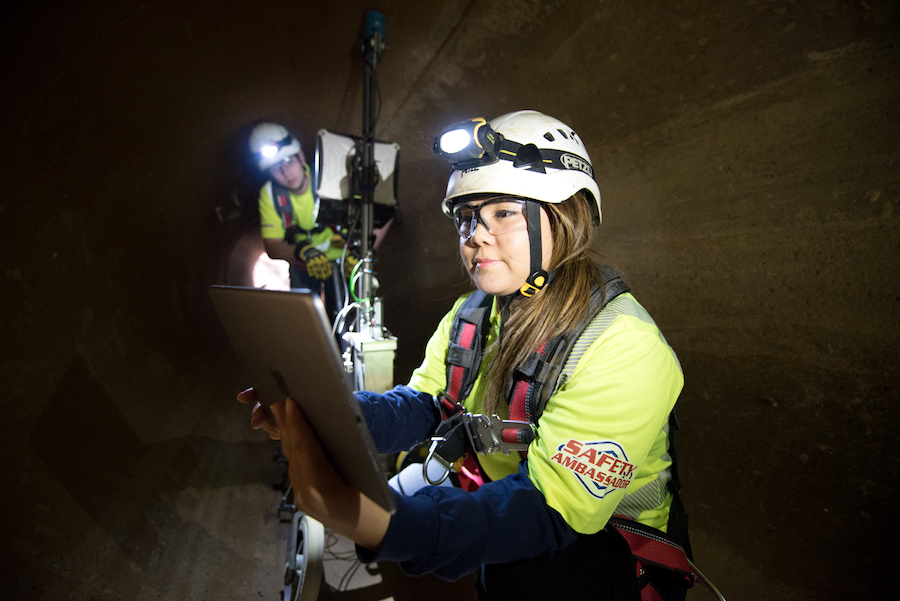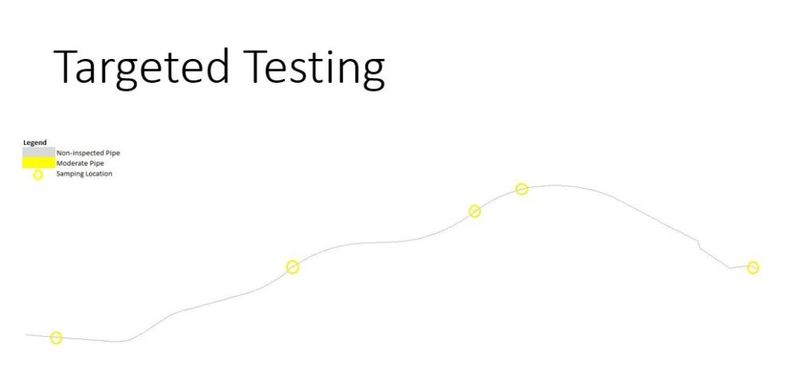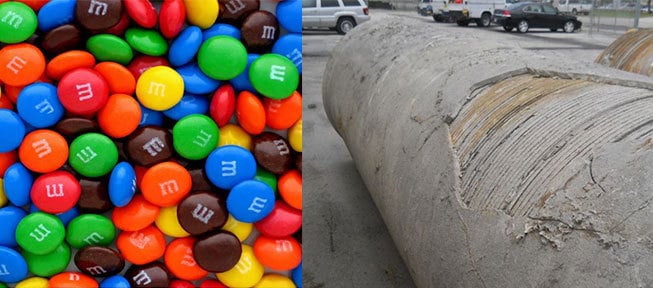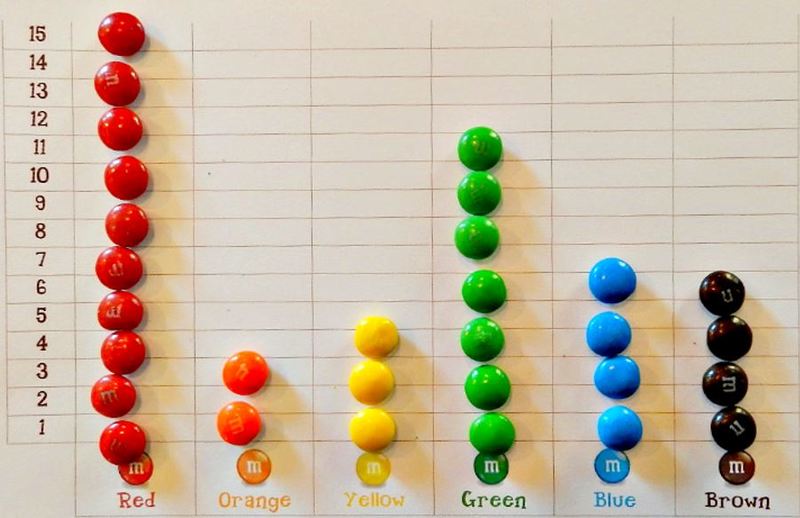Using The Right Data To Improve Pipeline Management

With stories of broken mains and aging infrastructure attracting more public attention, pipeline owners face difficult questions about long-term planning for their water and wastewater linear assets. In particular, when and where to focus renewal funding to service these aging networks.
However, as pipeline owners know, precise answers aren’t easy, especially without good data to back up an assumption. Lack of accurate and precise data can lead to an expensive guessing game when trying to identify high risk assets for renewal.
It has been suggested that over 70 percent1 of replaced pipe still has remaining service life. Therefore focusing on collecting the right condition data to make the right decisions at the right time is critical in making the most out of budgets.
Pipeline owners leverage data to make better decisions
We live in an era of big data, and with the help of Pure Technologies, many pipeline owners are beginning to understand how to leverage this data to make better decisions.
Data-based decision making can be used throughout the lifecycle of a pipeline asset to get a clear understanding of the current pipeline condition and its remaining useful life.

Small amount of sampling data leads to large sampling error and uncertainty
Clear understanding starts with data collection that specifically targets samples along the pipeline. However, not all sampling data is created equal. For example, while a small amount of sampling data gives you some information, it also leads to large sampling error and uncertainty on the true overall condition of your pipeline. This is why so much pipe with remaining service life is replaced, as decisions are made from data with large sampling error and uncertainty.
On the other hand, a large number of samples leads to smaller sampling error, and when you combine less error with more data, higher confidence decisions can be made.

Using coloured candies to understand distribution principle
One way to demonstrate this principle is to examine a bag of colored candies. If you randomly sample a few pieces of candy from the bag, you would be uncertain about the proportion of blues to reds to greens because you don’t know the actual colour distribution.
However, if you were to increase the number of samples, and group this data into color bins, you would begin to have more clarity and understand the distribution of colored candies.

The more samples, the more certainty in the distribution data
In a way, this same principle of sampling applies to collecting pipe condition data. Sample size is important, and the more targeted samples you take, the more certain you are in the distribution of data. This provides owners with more confidence to make good decisions relating to renewal strategies.
That’s where Pure Technologies can help, with innovative technology and expert analysis that delivers precise data. This actionable information helps owners make confident decisions on the management of their pipelines.
Overall, it pays to invest in better data to better understand the true condition of your pipeline. True power lies in balancing the cost of data collection against the cost associated with uncertainty, and the more confident you are in your data, the more certain you are in your decision making, especially when making high-cost pipeline management decisions.
1: Patterson, J. and Phinney, T. (2008). “Assessing aging cast and ductile iron force mains.” Proc., Underground Construction Technology (UCT) Conference, Atlanta, GA, Jan.
